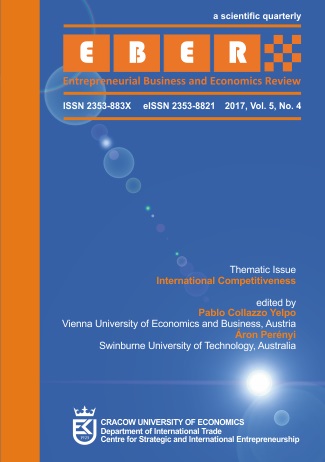RCEP versus TPP with the Trump Administration in the USA and Implications for East Asian Economic Cooperation
RCEP versus TPP with the Trump Administration in the USA and Implications for East Asian Economic Cooperation
Author(s): Sang-Chul ParkSubject(s): National Economy, Financial Markets, Public Finances
Published by: Uniwersytet Ekonomiczny w Krakowie
Keywords: Mega FTA; protectionism; economic growth; FTA strategy; economic cooperation
Summary/Abstract: Global trade has contributed to rapid economic growth in the world last 5 decades. However, the trade growth has slowed down in the global economy since the global financial crisis. In 2016, growth in the volume of world trade is expected to remain at 2.8% that is unchanged from the 2.8% increase registered in 2015. Imports of developed countries will be moderate this year, while demand for imported goods in developing Asian economies could rise. Despite the rising import in Asia, the ratio of trade growth in the world has been lower than the ratio of global economic growth since 2013. Therefore, many countries have tried to create bilateral, multilateral, regional and mega FTAs in order to boost their trade volumes and economic growths. The EU’s single market provides several implications to East Asian countries trying to build their FTA and participate in different mega FTAs such as RCEP and TPP. As a result, their economic interests are rather divided deeply and related to political and security issues in the East Asian context. Particularly, the new protectionism led by the Trump administration in the USA is emerged and threatens to negate the TPP Agreement although the Japanese Prime Minister Abe tries to restore it without the US participation. This paper deals with Mega FTAs such as RCEP and TPP as well as East Asian economic cooperation. It also argues what are East Asian countries’ economic interests by participating in RCEP and TPP as well as how to overcome the newly emerging protectionism caused by the new US trade policy. Finally, it also analyzes the roles and strategies of China, Japan, and Korea to protect their regional and global economic interests overcoming protectionist movement in the global trade environment individually and collectively.
Journal: Entrepreneurial Business and Economics Review
- Issue Year: 5/2017
- Issue No: 4
- Page Range: 135-152
- Page Count: 19
- Language: English

